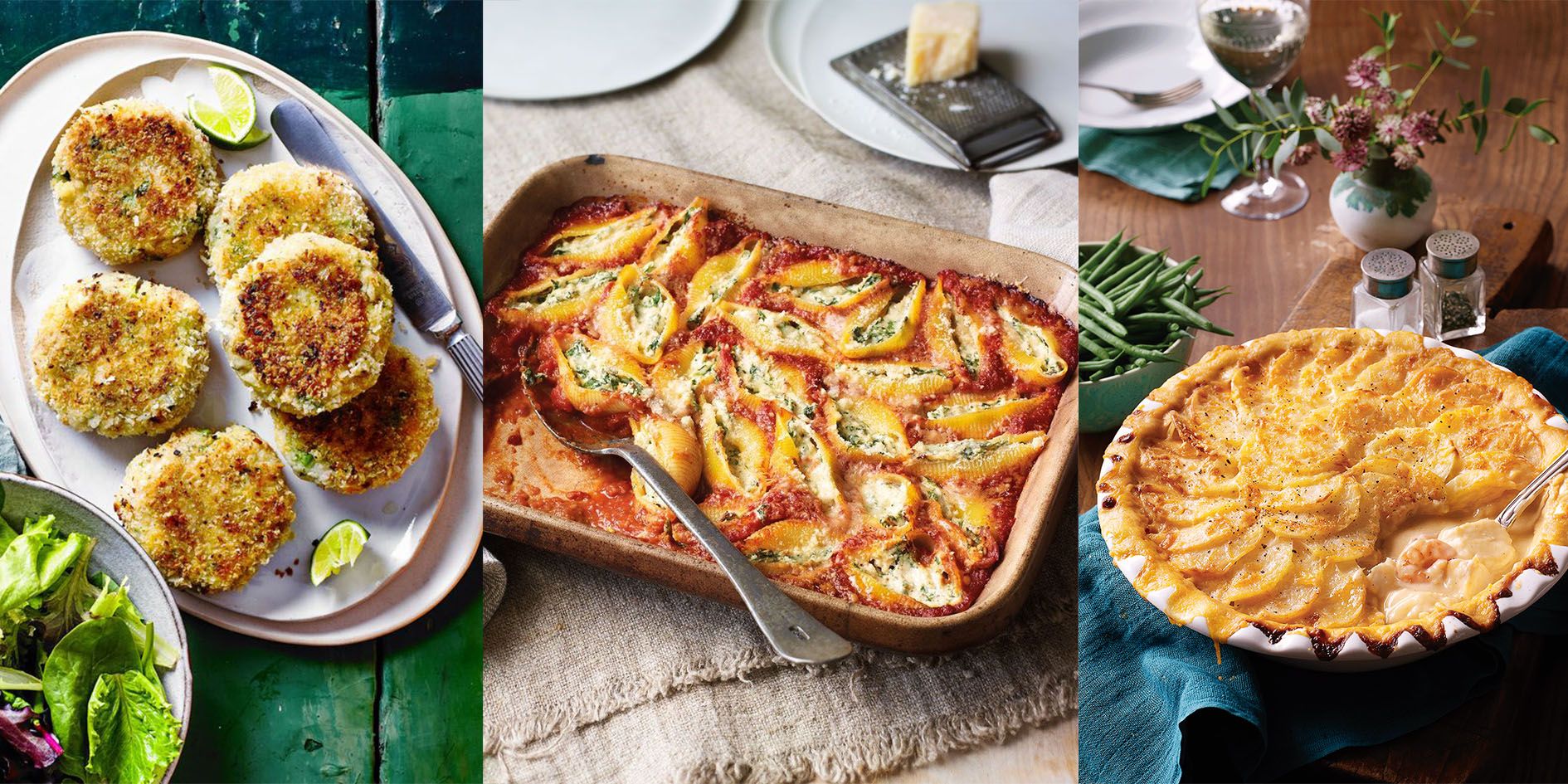
Cook Extra Meals and Freeze for Easy Access
Imagine coming home from a long day at work, your energy drained, and the thought of cooking dinner feels like a colossal task. Now picture a different scenario: you open your freezer, pick out a container labeled with the name of a savory, home-cooked meal, reheat it, and sit down to enjoy dinner with zero fuss. This can be your reality with a bit of planning and the habit of cooking extra meals to freeze for later.
Why Freeze Extra Meals?
Freezing meals is like giving a gift to your future self. It saves money, reduces food waste, and most importantly, it saves time. By spending a few extra minutes to cook larger portions, you can ensure that you have nutritious and delicious meals ready to go when life gets hectic. Plus, having a variety of frozen meals at your disposal helps resist the temptation to spend on takeout, contributing to a healthier lifestyle.
Choosing Freezer-Friendly Meals
Not all foods freeze well, so it’s important to choose recipes that will emerge from their chilly hibernation tasting as delicious as they did when they were first cooked. Ingredients like rice, pasta, and certain vegetables can become mushy when frozen and reheated. Stick to meals like stews, casseroles, soups, and marinated meats which maintain their texture and flavor when frozen and thawed. Consider also dishes that freeze in “individual” portions, like muffin-tin meatloaves or egg frittatas, which make for super quick heat-and-eat options.
The Art of Freezing Meals
An important point to consider when freezing meals is the process itself. Here are some tips to make sure your frozen foods stay tasty and safe to eat:
- Use the right containers: Make sure to use freezer-safe containers that are airtight to prevent freezer burn and keep food fresh. Label these containers with the contents and date of freezing.
- Cool before freezing: Let the food cool down to room temperature before sealing it up and putting it in the freezer; this prevents condensation that can make food soggy.
- Freeze in portions: To avoid having to defrost a large batch of soup for one meal, freeze it in portions that you’d typically eat. This also makes meal-planning simpler!
Thawing and Reheating Your Frozen Meals
Thawing and reheating are crucial parts of enjoying your frozen meals. The safest way to thaw food is in the refrigerator, although you can also use the microwave if you’re short on time. Each dish has its own best reheating method; soups and stews can go directly from freezer to stove, while baked dishes might best be thawed overnight before warming in the oven. Remember to stir periodically and check the temperature to ensure even reheating.
Batch Cooking: A Freezer’s Best Friend
One of the most efficient methods of stocking up your freezer with ready-to-go meals is batch cooking. This technique involves dedicating time – maybe a weekend afternoon – to cooking several meals in one go. Putting on some music and getting into the kitchen groove can make it a fun and productive activity. You can choose similar recipes that use the same base ingredients to cut down on prep time and grocery costs. With a little elbow grease, you’ll have a stash of diverse and tasty meals lined up for the weeks ahead.
Don’t Forget Your Veggies!
Vegetables can sometimes be a challenge to freeze. To preserve the best texture and nutritional value of veggies, try blanching and then freezing them. Blanching involves briefly cooking vegetables in boiling water and then plunging them into ice water to halt the cooking process. Dry them well, pack them in freezer bags with the air pressed out, and you’ll have ready-to-use veggies for stir-fries, soups, and more.
Labeling: A Key to Success
Take the guesswork out of your frozen treasures by labeling every container. Include a description of the meal, the cooking date, and reheating instructions. This simple step helps rotate meals efficiently and avoid food wastage due to not knowing how long something has been frozen.
Freezing Foods to Avoid
While freezing meals is a fantastic strategy for convenient home cooking, there are items that you should avoid freezing if possible. Dairy products like sour cream, mayonnaise, and some soft cheeses do not fare well in the freezer and can separate or become grainy. Fried foods typically don’t recapture their crispy glory after being frozen and reheated. And although raw potatoes become mealy, mashed potatoes can freeze rather well, making them an exception to the potato rule.
Using Your Frozen Meals
Now that you have a freezer full of appetizing possibilities, the next step is using them effectively. Create a system where you aim to rotate the older meals to the front; this ensures that nothing gets buried and forgotten. Pair frozen main dishes with fresh sides like salads or quick-to-cook veggies for balanced meals. On nights when time is on your side, save your frozen meals and cook fresh instead, to keep your stock rotated and diverse.
The Benefit to Your Wallet and Health
It might seem like a small adjustment, but cooking extra meals for freezing can make a notable difference in your budget and your health. By eating home-cooked food more regularly, you control your portion sizes and ingredients, contributing to a healthier diet. Financially, bulk-buying ingredients and avoiding frequent takeout orders can have a positive impact on your overall food spending.
Conclusion
:max_bytes(150000):strip_icc()/__opt__aboutcom__coeus__resources__content_migration__simply_recipes__uploads__2014__09__classic-meatloaf-horiz-a-1500-051df66acbd04e6995e1170869a4e22b.jpg)
In a fast-paced world where time is precious, having a stash of ready-to-eat, home-cooked meals in your freezer is one of the most prudent measures you can take towards self-care. It’s a strategy that can pay off in more ways than one: you’ll save time, cut costs, and ensure that even on your busiest days, a wholesome meal is just a microwave beep away. So, embrace the habit of cooking extra, and let your freezer open a door to stress-free, delicious dining.